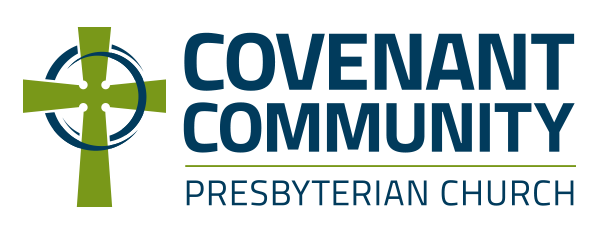January 25th
Recap: Basil Ganglia, Habit Loop, Starting Habits (Defining Rewards and Cues), Changing Habits (awareness, routine replacement, belief, community)
Defining Addiction and Pleasure
“Addiction can be defined as persistent, compulsive drug use/behavior in the face of increasingly negative life consequences.” – David Linden
Addiction Pattern/Signs
1. Tolerance – requiring a larger dose for the same effect
2. Dependence – experience of negative mental and physical symptoms without drug
3. Craving – overwhelming desire triggered by physical, environmental or emotional cues
4. Pleasure replaced by desire – liking becomes wanting (new normal)
5. Relapse – often caused by triggers/cues + stress
6. Drug sensitization – small does after period of abstinence produces huge rush
Can you be addicted to food, sex, gambling, video games, etc?
Yes – these can produce the above effects and a similar biological experience in the brain.
Addiction is a Disease
Why do some folks become addicts and others don’t? We don’t know, but there are many likely factors including genetics. This is partly why we call addiction a disease.
Addiction as disease vs addiction as criminal or immoral behavior; disease more effectively captures the reality of the situation.
Are we letting addicts off the hook for their behaviors by using the language of disease? No – “a disease model of addiction holds that the development of addiction is not the addict’s responsibility. However, recovering from addiction is.” – David Linden
Destruction of community and potential isolation developed an addiction-friendly culture.
The Medial Forebrain Pleasure Circuit: Drugs that do not affect the medial forebrain pleasure circuit (LSD, SSRIs like Prozac, etc) do not produce addictions. Behaviors that DO affect the circuit (eating, sex, gambling, video games, etc) DO produce addictions.
“The activity of the pleasure circuit in isolation results in a lifeless pleasure lacking color and depth. What makes pleasure so compelling is that, through the interconnection of the pleasure circuit with other brain regions, we adorn it with memory, with associations and emotions and social meaning, with sights, sounds, and smells. A circuit-level model of pleasure shows us what is necessary but not sufficient.” - David Linden
Breaking Addictions
1. Acceptance
Ephesians 5:8-13.
We cannot force people to acceptance, but we can “raise up the bottom.”
Insane no pain -> Insane with pain -> Sane
This is God’s challenge with human sin – CS Lewis speaks of “the megaphone of pain.”
2. External Support
Belief and Community
For the supports of addicts – danger of co-dependence.
- Clear guidelines for supporters: I will do whatever is helpful to get you sober, and nothing that might contribute to your disease. No secrets. We cannot exacerbate another’s addiction.
- Understanding the addiction pattern/signs
3. Habit Modification
Routine Replacement (AA)
4. Relapse Plan
Accountability, grace, process.
Jesus – how many times should I forgive my brother?
But, am I following #2 above – only helping, not hurting?
Conversation: Discussion Questions
1. Have you or a loved one dealt with some kind of addiction? What was the most painful aspect of that process?
2. Have you struggled to accept the idea of addiction as a disease, or behavior addiction vs substance addiction? Why or why not? Did this class change those ideas for you?
3. What challenges have you had in helping people with their addictions? What can you do to help someone you care about who is dealing with their addiction?
4. If you’re an addict or recovering addict, what stages/signs of the addiction pattern can you identify in your own life? What have you done to get support?
5. Where is God in the midst of your addiction, or of the addictions of those you love?
